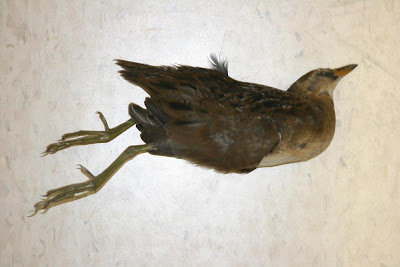Over the past few weeks myself and Shawna Joplin, Museum Coordinator of Animal Care and Education, have been madly working to get the Spider Pavilion ready by collecting hundreds of spiders for display. This involved a trip to the swamps of New Orleans to collect the largest orb weavers in North America and also multiple collecting trips around Los Angeles for our local spider species.
Cajun Swamp Adventure
The spiders Shawna and I collected in New Orleans are golden silk spiders, Nephila clavipes, also known as banana spiders because of their banana-ish abdomen. These spiders are common in and around swampy areas and are easy to spot on their large—up to 3 feed in diameter!—golden webs (especially if you flash a bright light on them at night). Collecting them was a breeze after Zack Lemann (aka the Bug Chef from Audubon Insectarium) showed us how. All you need are small Tupperware containers, an ice pick, paper towels, a spray bottle filled with water, and a geeky headlamp! Armed with our paper towel lined containers and our trusty headlamps we set off towards the alligator infested waters looking for spiders. We didn't have to go far, the place was teeming with orb weavers. In one tree I counted 20 spiders on their webs! Thankfully, it only took us an hour and a half to collect 60 spiders. Here are some pictures of the collecting trip.
Nephila clavipes in her web on a shipping container
Me carefully collecting spiders, you don't want to squash their legs!
After collecting we got to catch frogs in the swamp!
Although collecting spiders in our local area isn't nearly as fun as a trip to the Bayou, it inevitably still ends up being an adventure! There are lots of locations for good spider collecting around L.A., but so far we have found the best collecting site to be a men's restroom in Long Beach. Yes it's true, Shawna and I were loitering outside of a park restroom armed with a really long stick. Why the stick? No it is not for protection, it is actually a spider collecting device for those hard-to-reach web-builders. Here are some pictures from our collecting trips around Los Angeles.
Shawna collecting spiders at park restrooms
Unidentified Neoscona orb weaver at Long Beach site
Silver garden orb weaver, Argiope argentata, at Bolsa Chica



















